1. Fertilizing the Ocean with Nutrient-Rich Waste
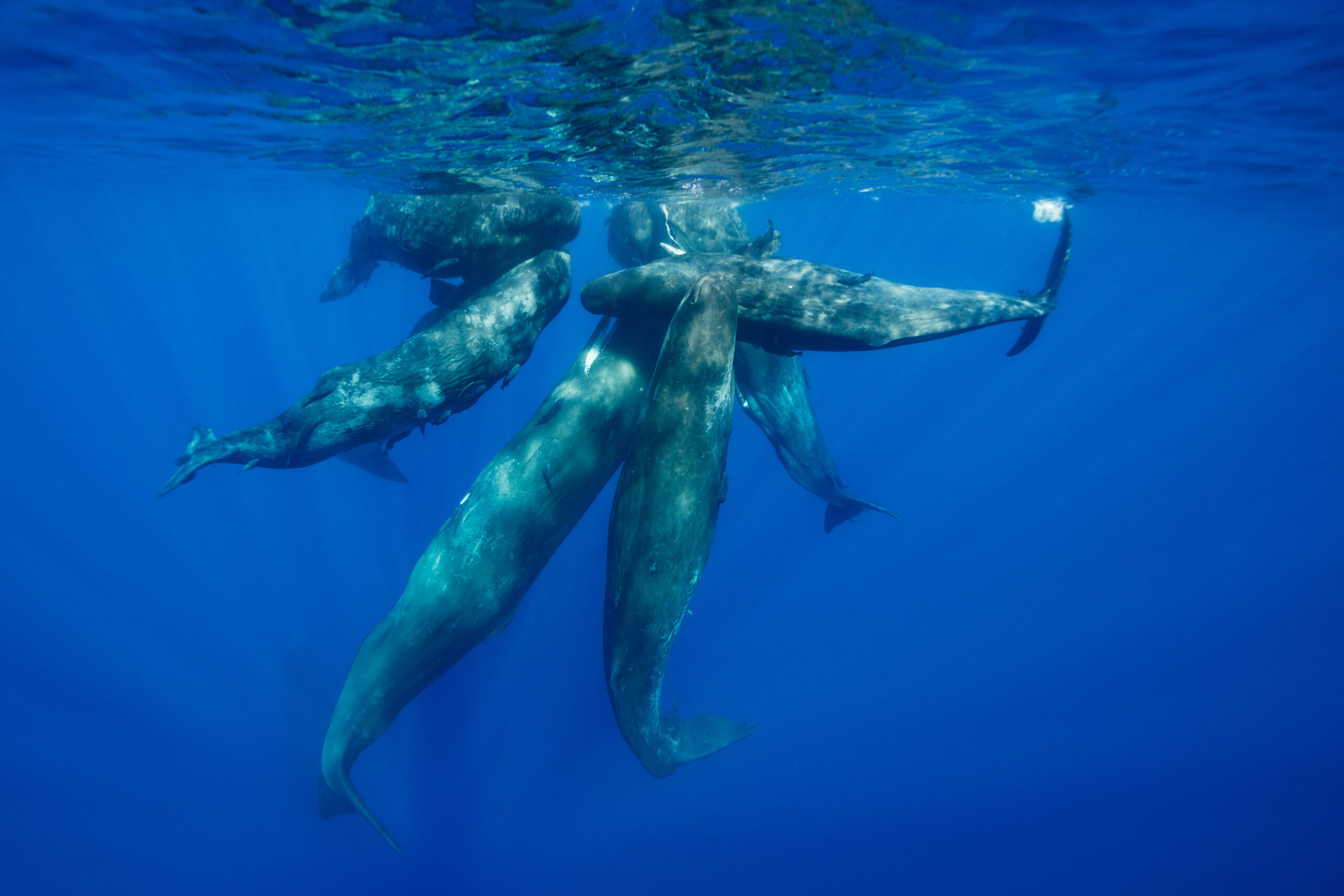
Whale urine isn’t just a salty afterthought—it’s a vital ocean fertilizer. Packed with nitrogen, phosphorus, and iron, it turns barren waters into thriving ecosystems. When a whale releases its massive daily output (over 250 gallons!), it creates a floating soup of essential nutrients that plankton and other microscopic life forms feast on. These tiny organisms are the foundation of the marine food web, supporting everything from krill to massive fish populations.
But it’s not just the little guys who benefit. By nourishing plankton, whale urine indirectly supports entire fisheries and the seafood industry, feeding both marine life and humans. In a way, every bite of sushi, every fish taco, and every plate of grilled salmon owes a quiet debt to the giant mammals relieving themselves across the ocean. And if you think fertilization is impressive, just wait until you hear how whale pee helps regulate climate change.
2. Boosting Carbon Absorption
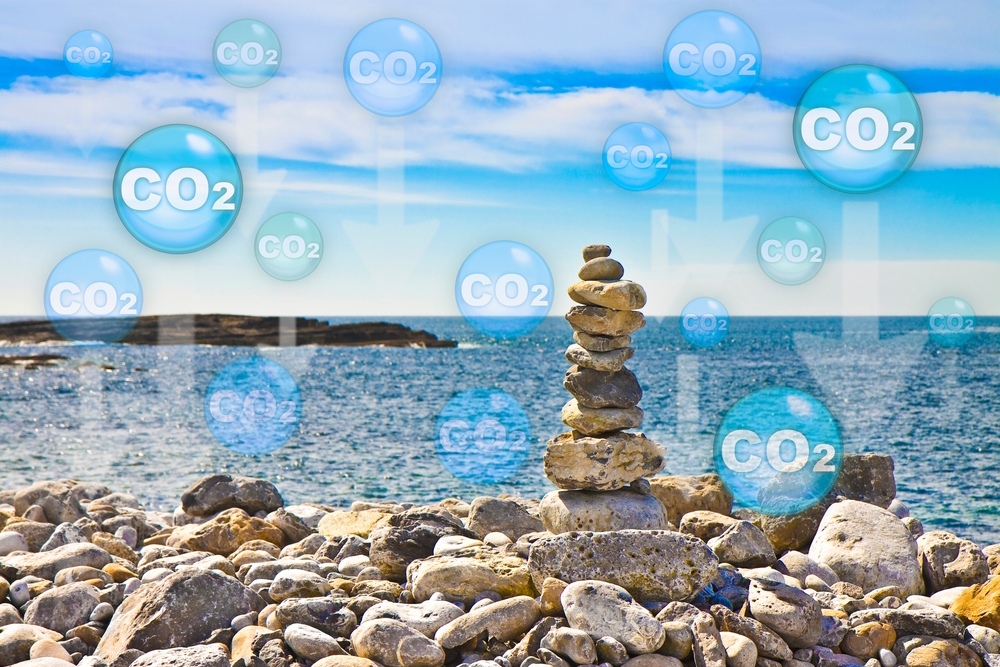
Plankton may be small, but their impact on the planet is massive. These tiny organisms absorb enormous amounts of carbon dioxide from the atmosphere, helping to fight climate change. The more plankton there are, the more carbon gets trapped and removed from circulation. And what’s one of the best ways to ensure plankton populations stay high? You guessed it—whale urine.
By releasing a steady stream of nutrients into the water, whales fuel explosive plankton growth. This, in turn, enhances the ocean’s ability to absorb CO2, making whales unwitting climate warriors. Some scientists even suggest that increasing whale populations could significantly boost global carbon capture. So while humans struggle to curb emissions, whales are busy peeing their way toward a healthier planet. And believe it or not, their urine doesn’t just help at a microscopic level—it also sustains entire food chains.
3. Feeding Creatures That Fuel the Food Web

In the vastness of the ocean, food can be hard to come by. But whale urine creates microenvironments teeming with life, attracting creatures like zooplankton and krill—two of the most important food sources in the sea. These tiny organisms feed everything from small fish to gigantic whales, creating an endless cycle of life fueled by a steady stream of nutrients.
What starts as a seemingly unremarkable biological function ends up influencing entire populations of marine animals. The impact ripples outward, ensuring that everything from sardines to sharks has something to eat. Without whales and their nutrient-rich waste, the delicate balance of the marine food web could collapse. And as if feeding the entire ocean wasn’t enough, whale urine also plays a crucial role in coral reef survival.
4. Supporting Coral Reef Growth and Health
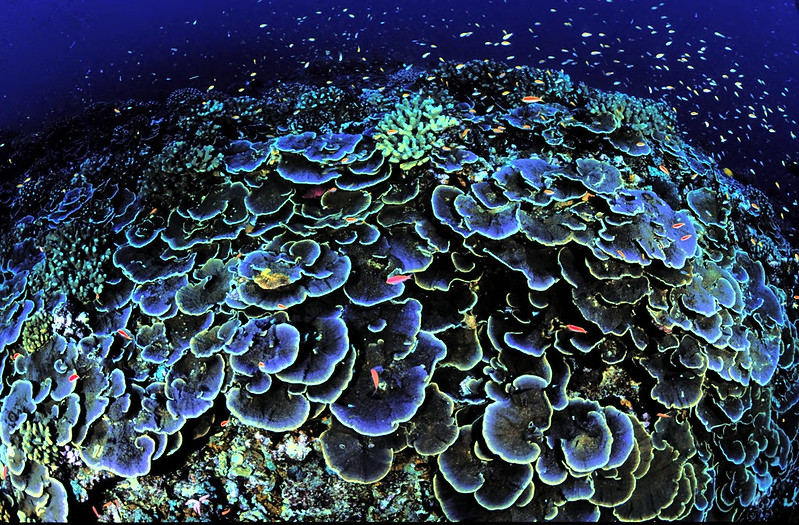
Coral reefs may seem like vibrant underwater cities, but they rely on a surprising source of nourishment: whale urine. Corals thrive in nutrient-rich environments, and when whales relieve themselves near reefs, they provide an essential dose of nitrogen and phosphorus—two key ingredients corals need to grow.
Healthy coral reefs support countless marine species, from colorful fish to sea turtles and sharks. Without an adequate supply of nutrients, corals struggle to maintain their structures, making them more vulnerable to bleaching and environmental stress. In a way, every time a whale pees near a reef, it’s helping sustain one of the ocean’s most biodiverse habitats. And if that’s not impressive enough, whale urine also helps keep massive fish populations thriving.
5. Enhancing Fish Populations
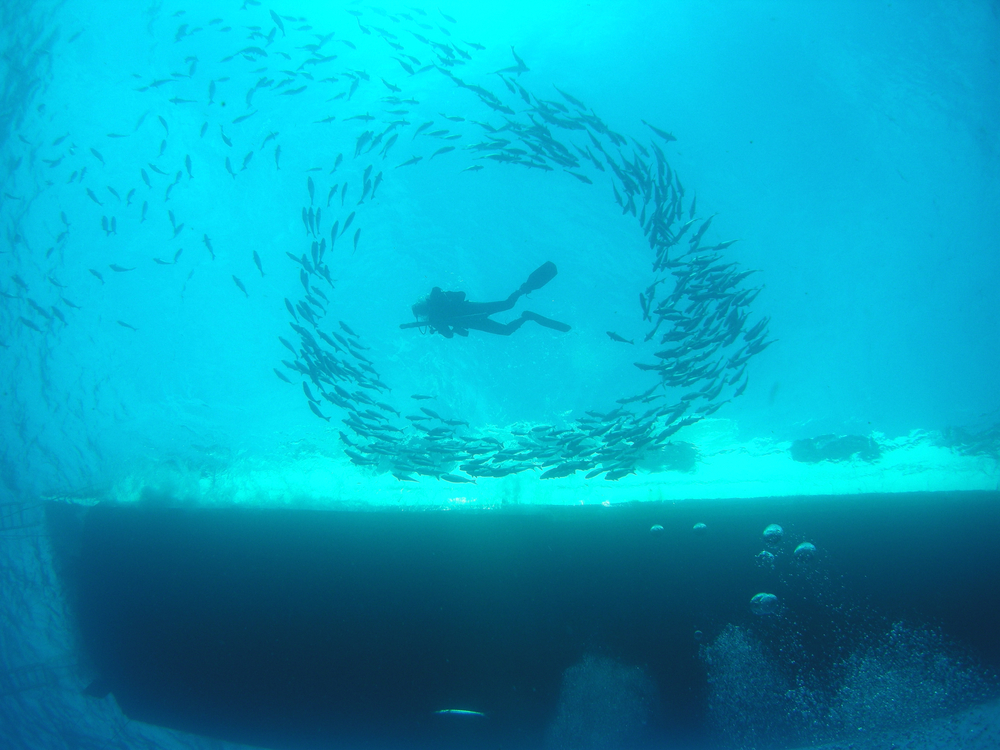
Every fishing boat on the ocean unknowingly benefits from whale waste. By feeding plankton and krill, whale urine ensures that small fish populations have an abundant food supply. These fish, in turn, sustain larger predators like tuna, sharks, and even seabirds.
This means that everything from a school of herring to a deep-sea predator owes part of its existence to the urine of these giant marine mammals. Commercial fisheries, sport fishermen, and coastal communities all benefit from the cascading effect of whale-driven nutrient cycling. And if you thought fish were the only ones enjoying the perks of whale pee, think again—sea turtles are also major beneficiaries.
6. Providing Nutrients for Marine Reptiles
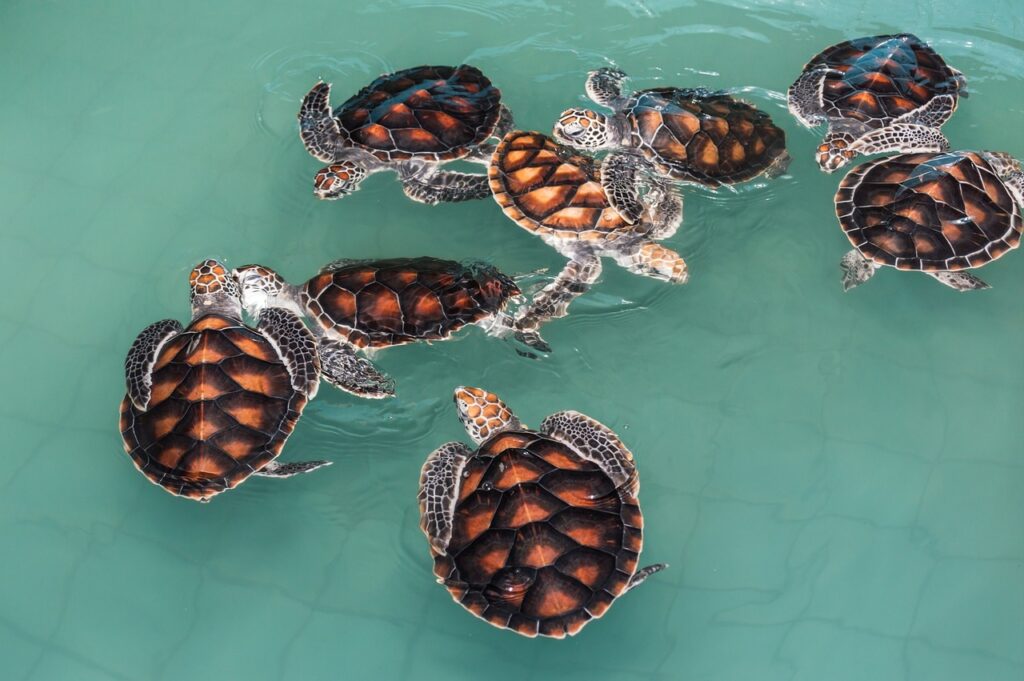
Sea turtles spend much of their lives in open water, where food sources can be scarce. But whale urine creates nutrient-dense hotspots that attract jellyfish, small crustaceans, and algae—all essential parts of a turtle’s diet. When a whale urinates, it doesn’t just impact tiny plankton; it sustains entire food webs that turtles rely on to survive.
This means that every time a leatherback turtle glides through the ocean, it may be benefitting from a nutrient cycle that started with a whale’s bodily functions. It’s an incredible example of how interconnected marine life is, with even the simplest biological processes having massive ecological consequences. And if turtles and fish aren’t enough, whale urine also plays a surprising role in maintaining the balance of the deep sea.
7. Enriching the Deep Sea Ecosystem

While most whale urine floats near the surface, some of it eventually sinks, delivering nutrients to the depths of the ocean. In the deep sea, where food is scarce and life is tough, even the smallest influx of nutrients can make a difference. Bacteria, deep-sea fish, and bizarre creatures like giant isopods all benefit from the slow, steady supply of organic material drifting down from above.
The deep sea is often thought of as a desolate wasteland, but in reality, it’s teeming with life thanks to the nutrient cycles started by surface-dwelling giants like whales. Without these contributions, the deep ocean might be even more barren than it already is. And speaking of unexpected beneficiaries, did you know whale urine helps seabirds survive, too?
8. Sustaining Seabird Populations

Seabirds, from gulls to albatrosses, depend on a thriving ocean for their survival. The chain reaction caused by whale urine—nutrient enrichment, plankton growth, fish population booms—ultimately provides seabirds with an ample food supply.
When whale urine fuels plankton, which feeds small fish, which then support entire ecosystems, seabirds get an indirect boost as well. Many coastal bird species rely on the ocean to feed their young, and any disruption in the marine food chain can have catastrophic effects on bird populations. It’s yet another reminder that something as simple as a whale relieving itself can have far-reaching consequences for life on Earth.
9. Helping Maintain Oceanic Oxygen Levels
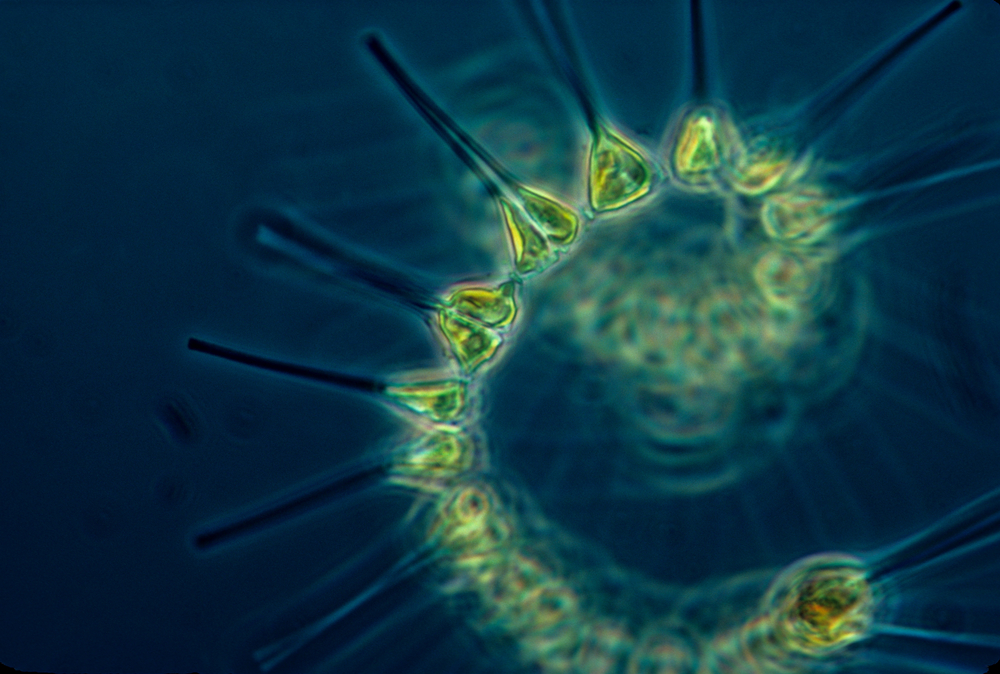
Phytoplankton, the tiny plants that live in the ocean, produce more than half of the world’s oxygen. And guess what fuels phytoplankton growth? That’s right—whale urine.
By nourishing plankton populations, whales indirectly contribute to the oxygen cycle, ensuring that the air we breathe remains rich in this essential gas. In a sense, every deep breath we take might owe a small debt to a whale peeing somewhere in the ocean. It’s a bizarre but beautiful example of how interconnected life truly is.
10. Keeping the Balance
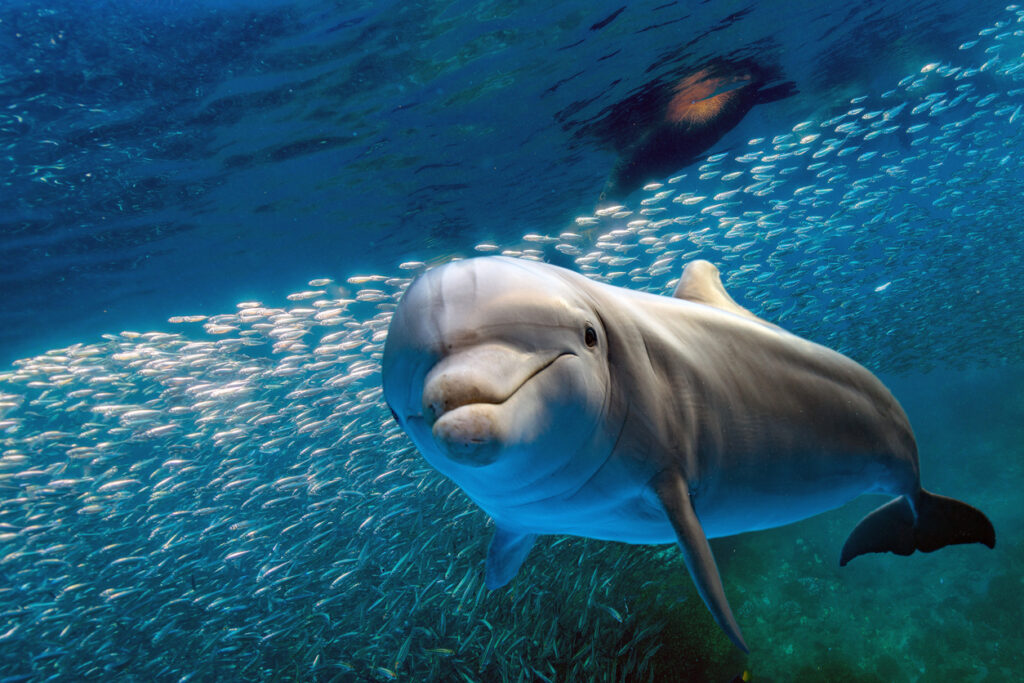
Everything in the ocean is connected, and whale urine plays a key role in maintaining this delicate balance. From the tiniest bacteria to the largest predators, countless species benefit from the steady nutrient supply that whales provide. Their urine may seem like a trivial detail, but it supports life in ways we’re only beginning to understand.
As scientists continue to uncover the many ways whales shape our planet, one thing is clear: these gentle giants are more than just majestic creatures—they’re vital engineers of the ocean. And it all starts with something as simple as taking a pee.


